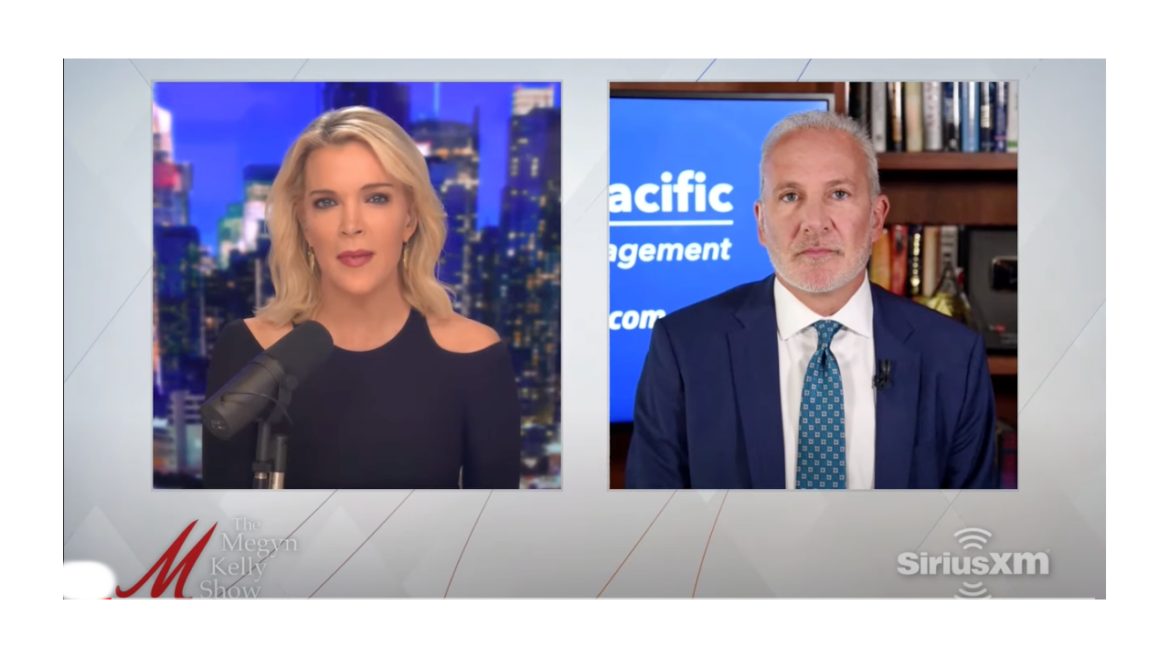Gold has all the potential to go unprecedentedly high. But silver will be gold on
Site:
Precious metals news
 Gold Spiking as US Consumer Prices Are Spiking At Their Fastest In 40 Years
Gold Spiking as US Consumer Prices Are Spiking At Their Fastest In 40 YearsNov 10, 2021 - 05:41:58 PST
US Consumer prices soared 6.2% YoY in October, way higher than the +5.9% YoY expected and accelerating from September's 5.4% YoY - that is the highest since June 1982...
 Consumer Price Index Surges 6.2% in October, Worse than Expected and the Highest Since December 1990
Consumer Price Index Surges 6.2% in October, Worse than Expected and the Highest Since December 1990Nov 10, 2021 - 05:37:39 PST
Inflation across a broad swath of products that consumers buy every day was even worse than expected in October, hitting its highest point in more than 30 years, the Labor Department reported Wednesday.
 German Government Finances in Critical State, Federal Audit Office Warns
German Government Finances in Critical State, Federal Audit Office WarnsNov 10, 2021 - 05:34:31 PST
Germany's federal government finances are in a critical state and the next government must consolidate them, the federal audit office said on Wednesday in a warning shot to parties working to form a ruling coalition who are considering taking on more debt.
Nov 10, 2021 - 05:34:31 PST
Germany's federal government finances are in a critical state and the next government must consolidate them, the federal audit office said on Wednesday in a warning shot to parties working to form a ruling coalition who are considering taking on more debt.
Bonds rallied from Europe to the U.S., with 30-year Treasury yields falling to the lowest since July, a move that was accelerated by traders unwinding their short bets. The 30-year U.S. rate fell as much as 9 basis points to 1.79%, narrowing its gap with 5-year yields to 72 basis points,...V
U.S. high-yield bond sales reached an annual record of $432.4 billion on Tuesday as companies rush to lock in low coupons while they still can.
Two of the U.S. central bank's most dovish policymakers said Tuesday they expect to get more clarity on the post-pandemic economic outlook by next summer, when the Federal Reserve is expected to finish winding down its asset purchases.
Nov 10, 2021 - 05:18:33 PST
Inflation will swing into focus for Wednesday, with U.S. October consumer prices expected to jump on both headline and core basis — by 0.6% and 0.4%, respectively. Annual CPI is expected to climb 5.8%, the highest level in 30 years, noted Neil Wilson, chief market analyst for Markets.com.
The Federal Reserve hiking cycle that’s expected to get underway next year might be largely done and dusted shortly after the end of 2023 if traders are right.
Treasury Secretary Janet Yellen downplayed concerns Tuesday that inflation could spike to levels seen during an economic downturn in the 1970s, asserting that the Federal Reserve would act before a surge of that magnitude could occur.
Nov 10, 2021 - 05:00:11 PST
With investors closely eyeing two major data releases this week on inflation—one on producer input costs and the other on consumer prices—Wells Fargo analysts say it's unlikely sticker-shock-weary consumers will see relief as the persistent supply-side crunch will "keep fanning the flames on inflation in the near term."
Last week, Australia, France, India, the US and the UK announced the launch of the "One Sun, One World, On-Grid" initiative. The plan is to connect solar energy grids across borders. This could provide a big boost to silver demand.
Despite government officials and central bankers continuing to peddle the "transitory" inflation narrative, the average American isn't buying it. They feel the squeeze of rising prices in their wallets. And it's the average American who is hurt particularly hard by the skyrocketing cost of living. Peter Schiff appeared on the Megyn Kelly show to talk about how inflation really hurts working and middle-class Americans.
In this Monthly Wrap-up, we discuss the ongoing "Energy Crisis" and a Big China High-Tech Boondoggle. Actually, I was quite surprised when I came across this information showing how advanced China was compared to the rest of the world in scaling up this transport technology. And, when I say "Advanced," I don't mean in a GOOD WAY...
The percentage of homes in the US purchased by investors is rising sharply. It’s now nearly 1 in 4. The average homebuyer is having a harder & harder time competing, especially as this influx of institutional capital continues to drive up prices. Is America in danger of becoming a nation of renters, leasing their homes from hedge fund landlords?
Gold futures scored a fourth session gain in a row on Tuesday, the longest streak of consecutive increases since the five-day climb ending July 7, according to Dow Jones Market Data. Prices got a modest boost as data revealed that the U.S. producer price index rose by 0.6% in October, matching Wall Street expectations.
Nov 9, 2021 - 12:50:25 PST
After five consecutive monthly inflows, collective holdings in Chinese gold ETFs reached 74t (US$4bn, RMB27bn) at the end of October, the highest AUM on record in tonnage terms. We cover this and more in our monthly blog on China's gold market.
To look at the fundamentals, one must look at the gold and silver bases. The basis, to oversimplify slightly, is futures price – spot price. This shows the fundamentals, because a market in scarcity (as oil has been recently) has a lower price for future delivery than for immediate delivery. In other words, buyers prefer their oil now rather than later.
I have the opportunity to chat with John Williams, who has been studying inflation for years—looking into the numbers that the fed has been leaving out of the equation. The government has majorly changed the way that they measure inflation over time, and they have been making alterations to reduce the headline inflation rate.
Prices that Chinese companies charge for their output likely rose at the fastest pace in more than two decades last month, driven by the continued commodity boom and an energy crunch, coupled with a resurgence of Covid and bad weather.
























